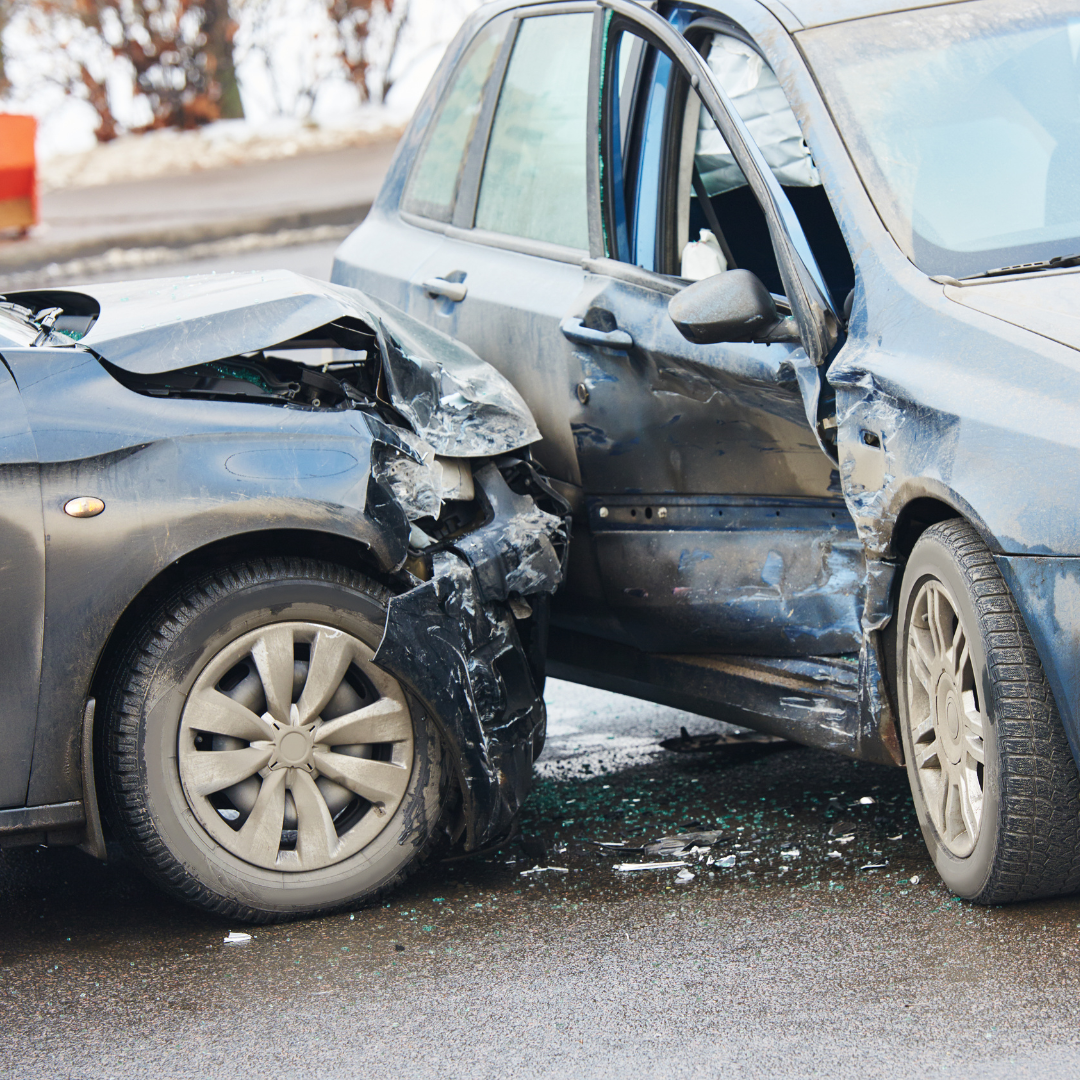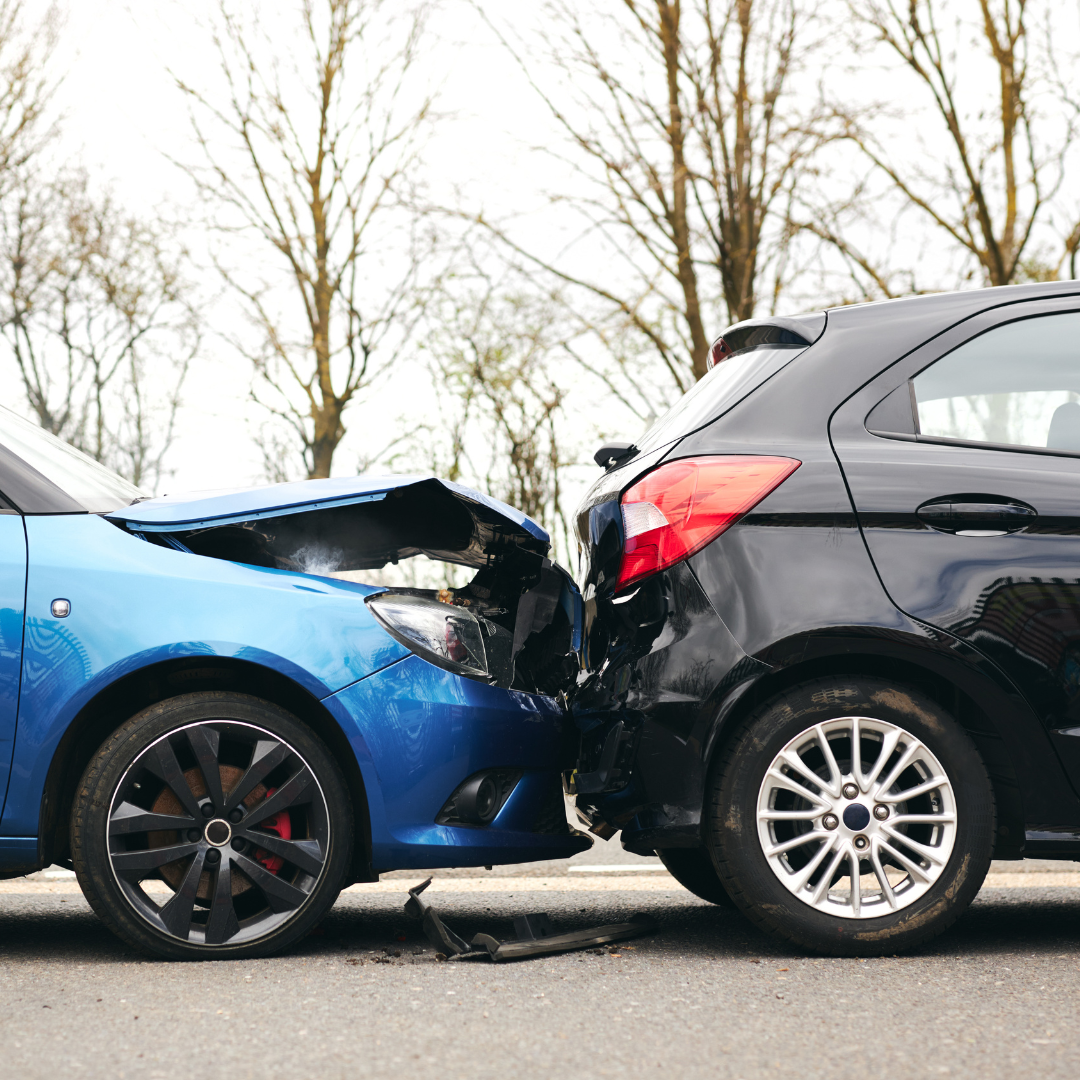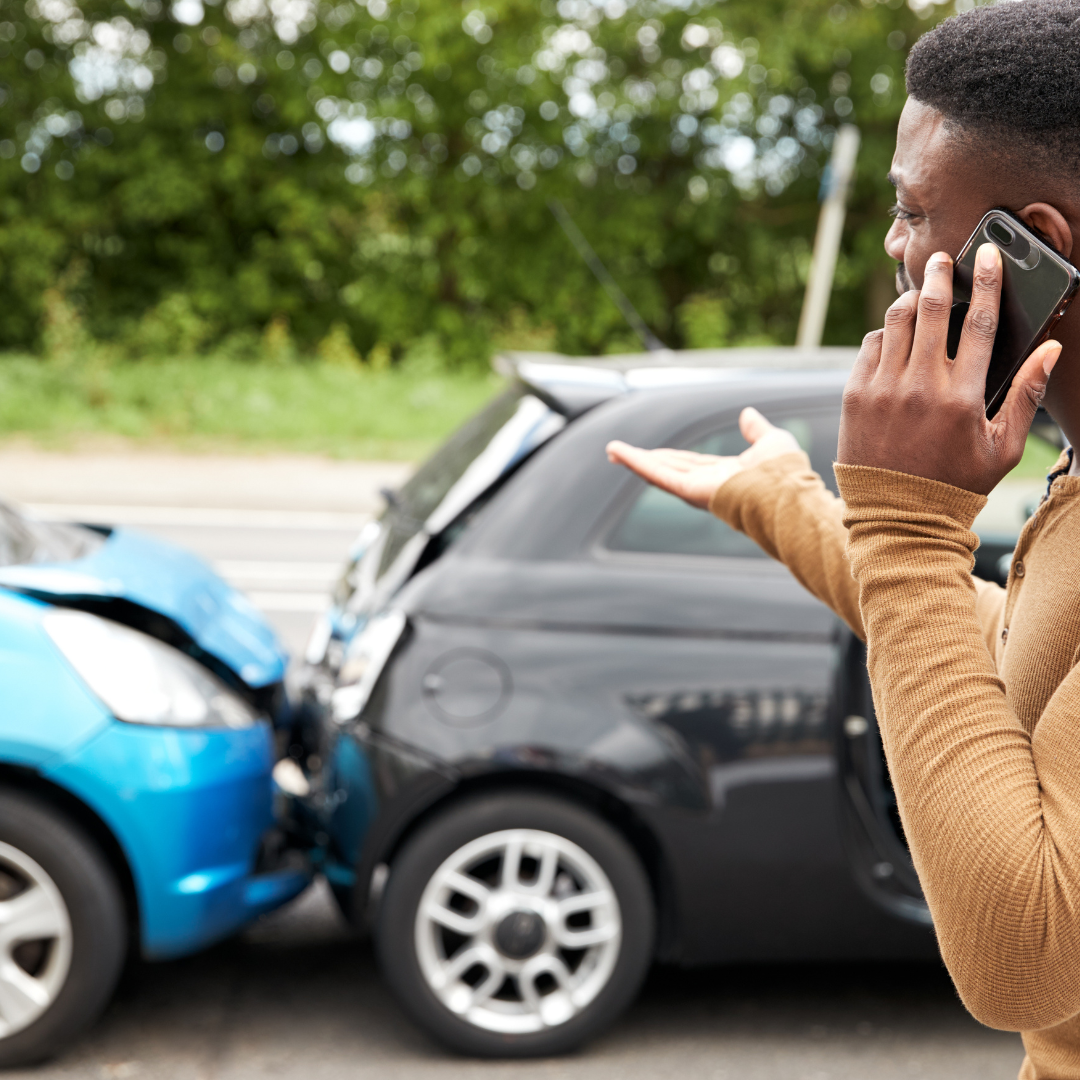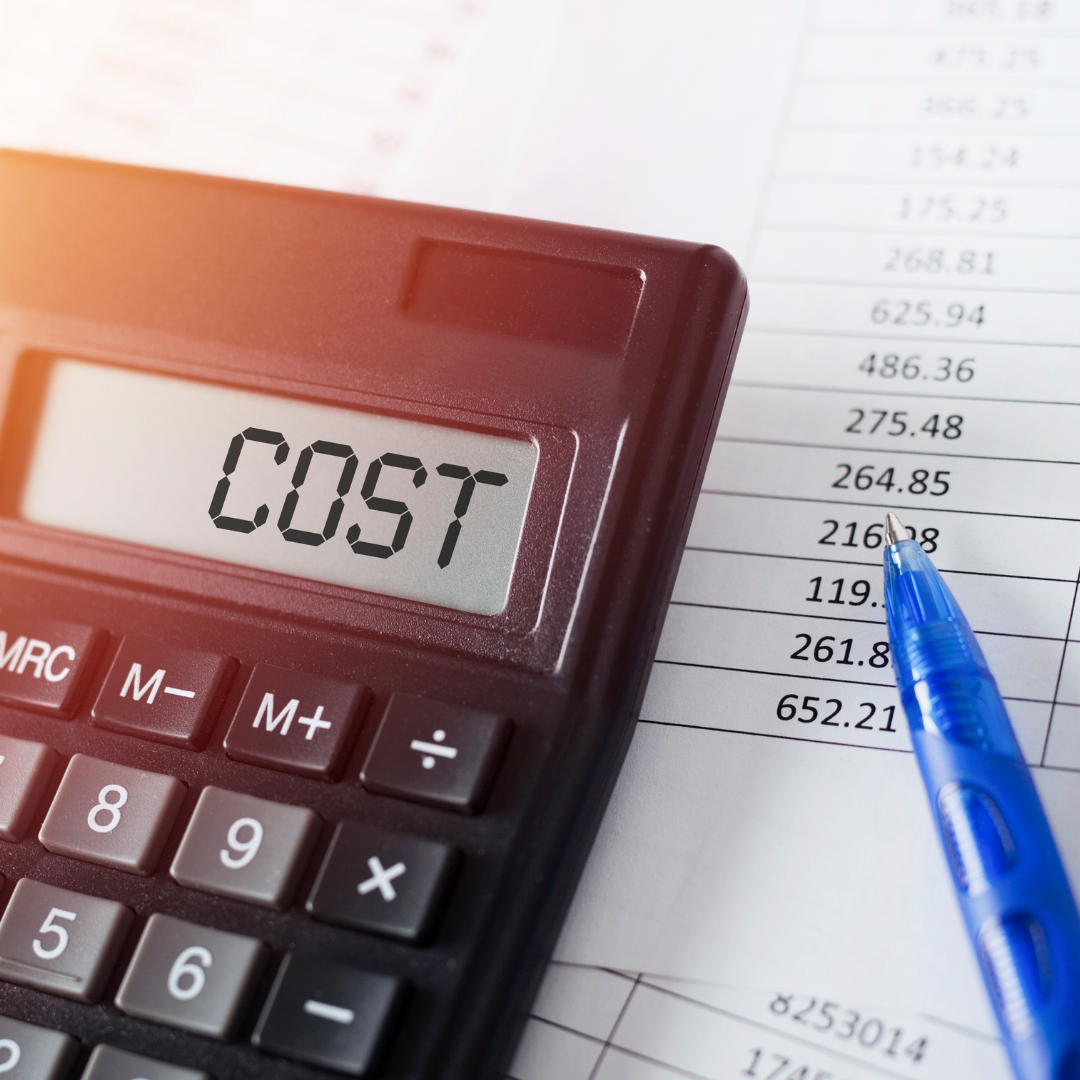What to Do After a Car Accident
There’s no doubt that finding oneself involved in a motor vehicle collision can come as quite a shock, even for the most prudent of drivers. Whether a minor fender bender or a full-blown accident, it is understandable to feel overwhelmed, mystified, or uncertain of the steps to take going forward. Fear not, as I am here to provide guidance.
As your go-to automotive consultant with over three decades of experience assisting friends in need of aid with flat tires or seeking recommendations for extended vehicle warranties, I am present to walk you through precisely what must be done in the aftermath of a road mishap—point by painstaking point. We will cover what actions to take if injured in a crash, how to report the occurrence, when to contact your insurer, how to initiate an insurance claim for damages, and more.
This is no mundane insurance blog but rather practical, real-world counsel from a person who has been in your shoes, aided others through comparable circumstances, and knows the ins and outs of automotive travel like the back of his hand.
Steps to Take After a Car Accident
Whether you call it a car wreck, a collision, a motor vehicle accident, or just an oh-no moment, the steps to take after a car accident remain the same. Acting fast, and smart, helps protect your health, your car, and your wallet. Think clearly and take action.
Let’s go through the steps one-by-one:
1. Stay Calm & Check for Injuries
The first thing to do in a car accident? Take a deep breath.
Panicking and worrying would do no good, your adrenaline has already spiked too high. Take a deep breath to slow your racing pulse and check for injuries, both your own and others caught in the crash. Even small wounds can quickly worsen, so if someone is hurt, immediately dial emergency services for medical aid.
While waiting for help to arrive, stay calm and don’t stir the injured unless absolutely necessary for their protection. Leave the treatment to the trained paramedics soon to reach the wreckage. Though your instinct may be to lift and transport the wounded, their well-being depends on you keeping still until the rescue workers bring their expertise.
2. Move Impacted Vehicles Out of Traffic
Next, assess if it is prudent to steer your automobile from the thoroughfare. Many erroneously keep their vehicle situated in the channel of moving conveyances subsequent to a mishap—this could prompt another occurrence. The judicious activity is to utilize your caution lights and relocate your vehicle to the shoulder or a close-by stopping place when it is safe, notwithstanding the harmfulness of the circumstance. For those whose transport is excessively harmed to be driven, sit tight for help inside the security of your seatbelt while setting up flares or markers to caution oncoming movement of the difficulty before them. Safety for yourself and others is the priority.
3. Call the Police to Report the Accident
You might be thinking, “Should I really report a minor car accident?”
The answer? Absolutely.
Reporting a car accident creates an official record and protects you legally and financially. Even small fender benders can lead to car accident claims or delayed injuries.
Call the non-emergency police line for minor accidents or 911 for serious crashes. When officers arrive, get their name, badge number, and a copy of the car accident report—you’ll need this for your automobile accident claim.
No police available? Head to your local station to file a traffic accident report yourself.
4. Exchange Info & Take Pictures
You’re going to need documentation for your car crash claim. Exchange the following with the other driver:
- Full name and contact info
- Insurance company and policy number
- Driver’s license number
- License plate number
- Make, model, and color of all vehicles involved
Next up: whip out your smartphone. Take pictures (lots of them):
- Vehicle damage from every angle
- Your injuries, if visible
- Skid marks, debris, and road signs
- The entire scene of the auto accident
This visual evidence is gold when dealing with car accident insurance companies.
5. Start the Claims Process
Now it’s time to contact your insurance provider. Many companies let you file a car accident claim via app, online, or phone. You’ll usually be asked:
- Where and when the vehicle accident happened
- Details of how it occurred
- Photos or documents (like the police accident report)
- Contact info for the other driver
Your provider will assign an adjuster to your case, who evaluates damages and helps settle your claim. Keep records of every call, email, or message. This is key to protecting yourself during a car insurance accident report.
If the other driver is at fault, their insurance may handle repairs and medical costs, but your provider can help coordinate the process.

What Should I Do After a Minor Car Accident or Fender Bender?
Let’s face it. Many accidents are low-speed, low-damage bumps in traffic or in parking lots. But don’t skip steps just because you didn’t flip your car or deploy the airbags.
After a fender bender:
- Stay calm and pull over
- Check for injuries
- Exchange info
- Take photos
- File a report (even without the police)
- Contact your insurer
Even a scratch can lead to a car crash insurance claim or dispute later on. Don’t just shake hands and drive away—protect your future self.
Will My Rates Go Up After I’m Involved in an Accident?
Ah, the big question.
If you’re at fault, chances are your rates might increase. But it depends on:
- Your insurance provider
- Your accident history
- The severity of the crash
- State laws
Some insurers offer accident forgiveness for your first mistake. Others will raise your premium even for a minor road accident claim.
If the accident wasn’t your fault, your insurer may not penalize you—but it’s not guaranteed. This is where having photos, reports, and witness statements makes a huge difference.
Pro tip: Always ask your provider what’s going to happen after you report the accident. Transparency is your best tool.
What to Do After a Car Accident That’s Your Fault
So, what if you caused the accident?
First, don’t panic. You’re not the first driver to make a mistake, and that’s why you have insurance. But here’s what to do:
- Never admit fault at the scene (just stick to facts)
- Cooperate with the police and your insurer
- File your automobile wreck claim immediately
- Ask if you’re covered for liability, medical, and vehicle damage
- Consider consulting a lawyer for major accidents or injury cases
Owning your mistake doesn’t mean you pay the price alone. With proper coverage and documentation, your insurance should help you through the recovery process.
What to Do After an Auto Accident Injury
When you’re involved in a car accident, especially one that results in injuries, your health and well-being should always be the absolute first priority. It’s crucial to understand that not all injuries manifest immediately; some, like whiplash, concussions, or internal injuries, can have delayed symptoms that may not appear until hours or even days after the incident. Therefore, even if you feel fine in the immediate aftermath, it’s vital to take proactive steps to ensure your health.
Here’s a detailed guide on what actions to take if you find yourself injured in a car accident:
Get checked by EMS at the scene
Even if you feel only minor discomfort, or no pain at all, it’s always best to accept examination by Emergency Medical Services (EMS) personnel at the accident site. They are trained to identify potential injuries that you might not be aware of, and their immediate assessment can be crucial for your health and for documenting the severity of the accident. Refusing medical attention at the scene can sometimes be interpreted later as an indication that you weren’t seriously hurt.
Visit your doctor ASAP
Following the initial assessment by EMS, make an appointment to see your primary care physician or visit an urgent care facility as soon as possible. This follow-up visit is critical for a comprehensive medical evaluation. A doctor can perform more thorough examinations, order diagnostic tests like X-rays or MRIs, and establish a clear medical record of your injuries directly linked to the accident. Early diagnosis and treatment can significantly impact your recovery and provide essential documentation for any future claims.
Keep records of all medical visits and expenses
Maintaining meticulous records is paramount. This includes every medical appointment (doctor’s visits, physical therapy, specialist consultations), all prescribed medications, and any other related expenses. Keep copies of bills, receipts, test results, and any correspondence from healthcare providers. Organize these documents systematically, perhaps in a dedicated folder, to ensure easy access and a cCompleting an overview of your medical journey and associated costs was crucial for recovery and demonstrating the legitimacy of your injuries from the car accident. This involved regular physical therapy sessions, follow-up appointments with specialists, and continuing with prescribed medications. Consistently following medical advice aided the healing process and strengthened any potential car accident claim by exhibiting active careseeking and receipt of necessary treatment.
Your insurance was notified as soon as possible, especially since medical coverage was included. Even if the other driver was believed at fault, personal injury protection or medical payments coverage in the policy might help ensure medical bills were covered. Providing details about the accident and injuries to initiate the claim process promptly could help ensure expenses were covered.
If injuries were severe
As in, resulted in significant medical costs, caused lost wages, or led to long-term suffering, it was highly recommended to seek legal help from an experienced personal injury attorney. An attorney could guide you through the complex claim process, negotiate with insurers, assist with gathering documentation, and ensure fair compensation for injuries and losses. Their invaluable assistance protected rights and maximized the claim.
It is vital to recall that many auto collision statements inherently involve considerable healthcare coverage constituents. Nonetheless, to successfully take advantage of your insurance policy and safeguard the maximum allowances you deserve, you obligated to be persistent. This necessitates lucid, extensive documentation of every medical appointments, disbursements, and therapies, united with constant monitoring with both your medical servicers and insurance corporation. Your energetic method in these stages can produce a considerable divergence in both your physical recuperation and the booming decision of your auto collision statement.
What to Do After a Car Accident Checklist
Let’s wrap this up with a simple checklist to keep handy (print it, screenshot it, keep it in your glove box):
- Stay calm and check for injuries
- Call 911 or local police
- Move vehicles safely (if possible)
- Use hazard lights or cones
- Exchange info with the other driver
- Take detailed pictures of everything
- Get witness statements if you can
- File a police report
- Contact your insurance company
- See a doctor—even for minor pain
- Save all records, emails, and receipts
- Start your claim and track progress
This list works whether it’s a car collision, single-car accident, or a multi-vehicle crash. The steps don’t change, but your preparedness does.
Join DriveSmart for Help When You Need It Most
Look, I’ve seen hundreds of folks deal with the chaos that comes after a car accident. The truth? Most people are unprepared. That’s why I always tell my readers and car buddies—don’t wait until something happens. Prepare ahead of time.
That’s where DriveSmart comes in.
As a member of DriveSmart roadside assistance, you’ll unlock:
- 24/7 roadside assistance for breakdowns and tows
- Personalized accident support from real people
- Access to top-tier repair shops and warranty options
- Exclusive discounts on maintenance and coverage plans
- Simple claims help when you need it most
Whether you’ve just been in a wreck or you’re just planning ahead (smart move), joining DriveSmart gives you peace of mind on the road.
Don’t drive alone—join the DriveSmart Network today. Tap into the tools, protection, and experts that’ll make the next accident a whole lot less stressful.
Final Thoughts
Accidents happen—even to the best of us. What matters most is what you do after a car accident. From reporting the incident to filing your car accident insurance claim, these steps make sure you’re not stuck footing the bill or dealing with drama later.
Remember: Stay calm. Be safe. Document everything. And most importantly—don’t go it alone.
Join DriveSmart and get back on the road with confidence.




